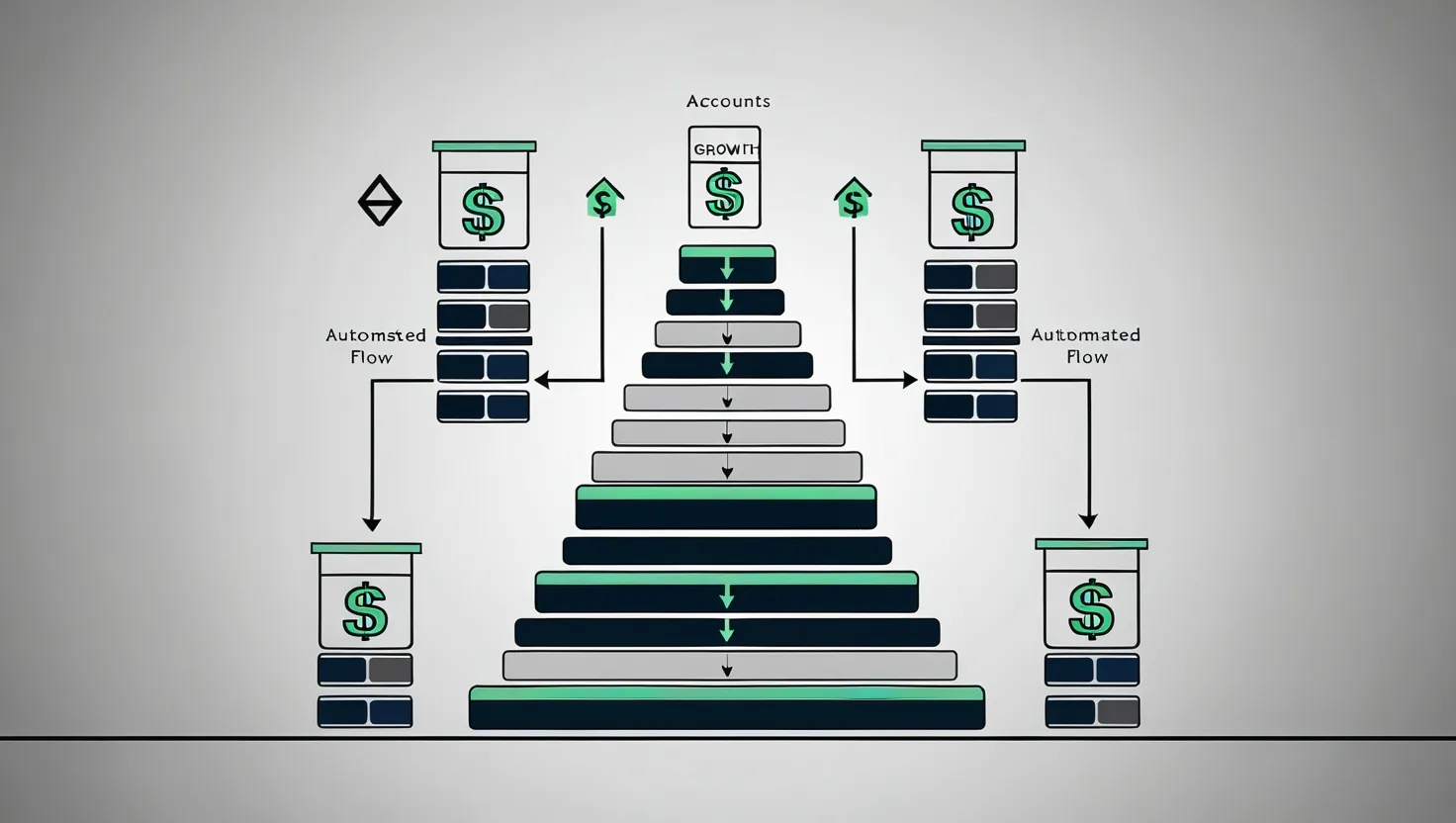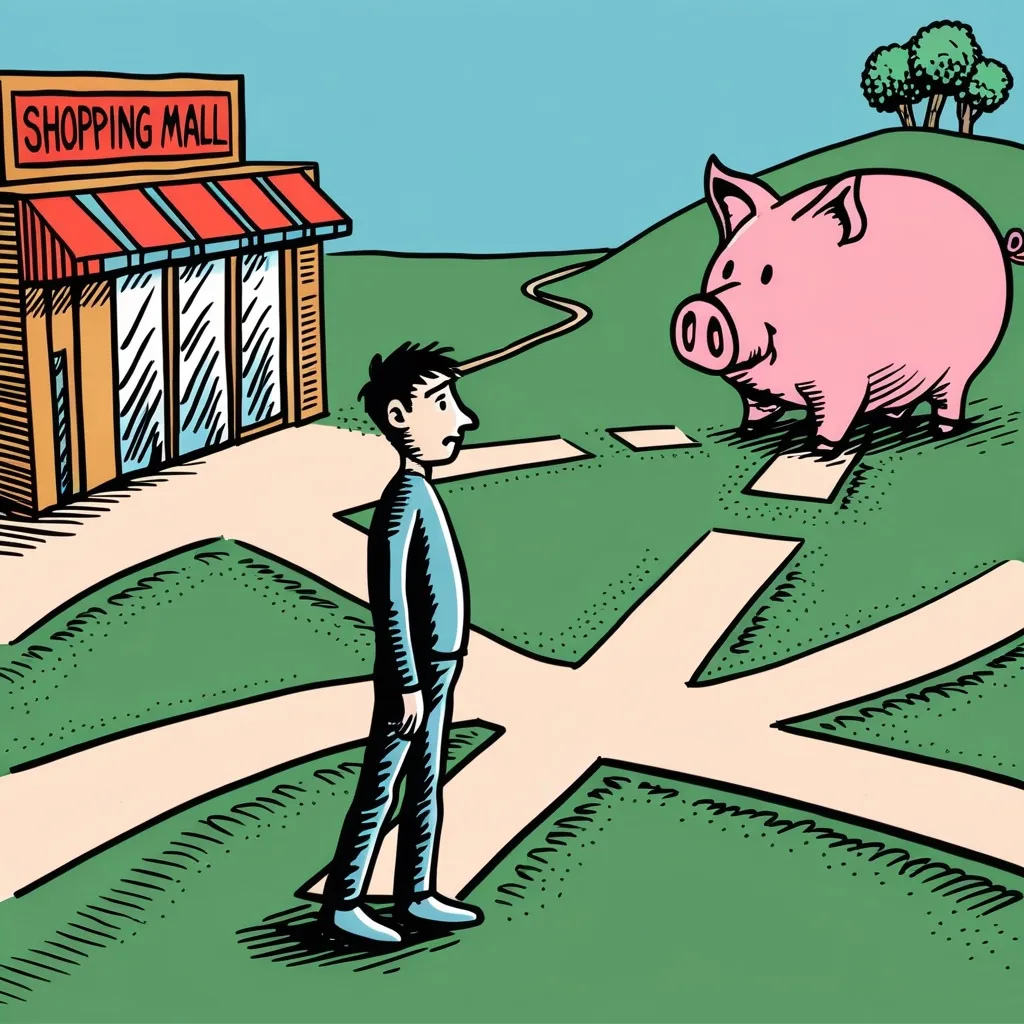As I sit down to reflect on my financial journey, I often find myself pondering a simple yet profound question: Why do we tend to spend more as our income increases? This phenomenon, known as lifestyle inflation, can be a silent thief, stealing away our potential for long-term financial stability and wealth accumulation. But there are ways to combat it, and in this article, we’ll explore six effective strategies to reduce lifestyle inflation and boost your savings.
Understanding Lifestyle Inflation
Lifestyle inflation is more than just a financial concept; it’s a psychological trap. When our income rises, we often feel justified in spending more, believing that the additional goods and services will bring us greater happiness. However, this cycle can lead to a never-ending chase, where we feel like we’re never getting ahead. As the saying goes, “Wealth is not his that has it, but his that enjoys it.”
Create a Values-Based Spending Plan
The first step in combating lifestyle inflation is to create a spending plan that aligns with your values. This isn’t just about budgeting; it’s about understanding what truly brings you joy and fulfillment. Ask yourself, “What are my priorities?” and “Where do I want to allocate my resources?” By focusing on what matters most to you, you can avoid unnecessary spending and ensure that your money is working towards your goals.
For instance, if you value travel and experiences over material possessions, your spending plan should reflect that. This mindset shift helps you make conscious decisions that support your long-term aspirations rather than short-term whims.
Implement the 50/30/20 Budgeting Rule
One of the most straightforward and effective budgeting methods is the 50/30/20 rule. This rule suggests that 50% of your income should go towards necessary expenses like housing, utilities, and food. 30% can be allocated for discretionary spending, such as entertainment and hobbies. The remaining 20% should be dedicated to saving and debt repayment.
This rule provides a clear framework for managing your finances and ensures that you’re saving a significant portion of your income. It’s a simple yet powerful tool that can help you maintain financial discipline even as your income increases.
Automate Savings Before Lifestyle Upgrades
Automating your savings is a game-changer when it comes to resisting the temptation of lifestyle inflation. By setting up automatic transfers from your checking account to your savings or investment accounts, you ensure that you save before you spend. This way, you’re prioritizing your financial goals over immediate gratification.
As Benjamin Franklin once said, “An investment in knowledge pays the best interest.” Investing in your future by automating your savings is one of the wisest decisions you can make.
Practice Mindful Consumption
Mindful consumption is about being aware of your spending habits and making intentional decisions. It involves distinguishing between needs and wants and avoiding impulse purchases. When you’re mindful of your consumption, you’re less likely to fall into the trap of lifestyle inflation.
Here’s a question to ponder: Do you really need that new gadget, or are you just caught up in the excitement of having something new? Practicing mindfulness can help you make more thoughtful choices and reduce unnecessary spending.
Delay Major Purchases with a 30-Day Rule
The 30-day rule is a simple yet effective strategy for managing impulse purchases. When you see something you want to buy, wait 30 days before making the purchase. This delay can help you determine if the item is something you truly need or if the desire was just a fleeting impulse.
As Warren Buffett once advised, “Do not save what is left after spending, but spend what is left after saving.” By delaying purchases, you’re giving yourself time to reflect on whether the item aligns with your financial goals.
Cultivate Contentment Through Experiences Over Possessions
Finally, cultivating contentment through experiences rather than possessions can be a powerful way to combat lifestyle inflation. Experiences, such as traveling, learning a new skill, or spending time with loved ones, often bring more lasting joy than material goods.
Ask yourself: What brings you more happiness – a new car or a memorable vacation? Focusing on experiences can help you find contentment without constantly increasing your spending.
As the ancient Greek philosopher, Epicurus, said, “Not what we have, but what we enjoy, constitutes our happiness.” By shifting your focus towards experiences, you can find happiness without succumbing to the cycle of lifestyle inflation.
The Power of Gratitude
Practicing gratitude is another softer yet effective strategy to ward off unnecessary spending. When you cultivate a mindset of gratitude for what you already have, you’re less likely to feel the need for constant upgrades and new possessions.
Take a moment to reflect on what you’re grateful for today. Is it your health, your relationships, or something as simple as a good cup of coffee? Focusing on what you already have can help you appreciate the value of what you’ve worked hard to achieve.
Conclusion
Combating lifestyle inflation is not just about cutting expenses or following a strict budget; it’s about adopting a mindset that values long-term financial stability over short-term gratification. By creating a values-based spending plan, implementing the 50/30/20 rule, automating your savings, practicing mindful consumption, delaying major purchases, and cultivating contentment through experiences, you can resist the temptation of lifestyle inflation and accelerate your wealth accumulation.
As you embark on this journey, remember that financial discipline is a muscle that needs to be exercised regularly. With time and practice, you’ll find that resisting lifestyle inflation becomes second nature, and your savings will grow significantly.
So, the next time you’re tempted to upgrade your lifestyle, take a step back and ask yourself: Is this purchase aligning with my values and financial goals? The answer might just change the course of your financial future.






